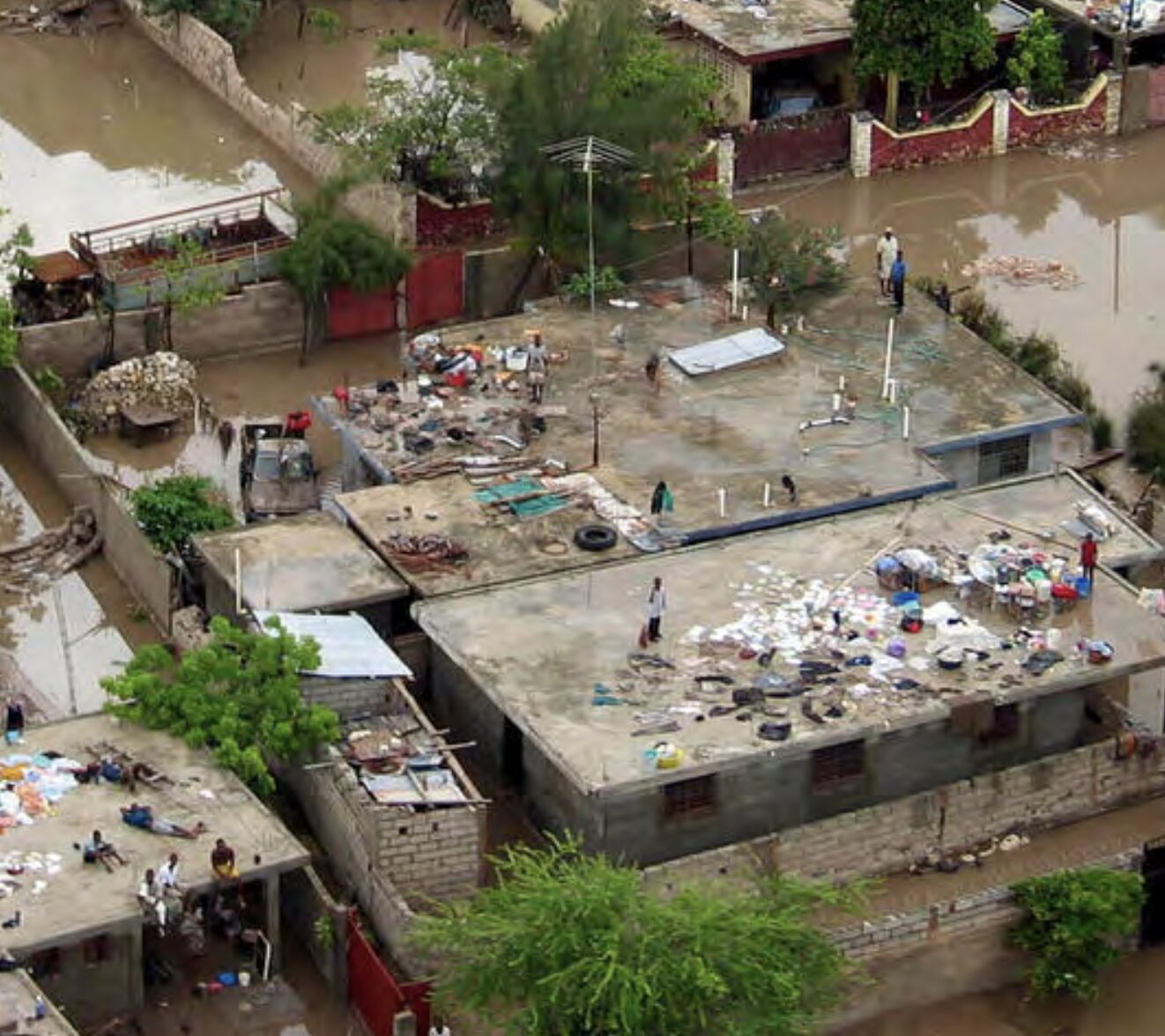Peace, Conflict, and National Adaptation Plan (NAP) processes

Introduction
For states experiencing conflict, climate change adaptation is rarely, if ever, an immediate priority: issues such as national defence, the prevention of further loss of life and suffering, and the establishment of peace take precedence. In countries recovering from conflict and violence, where peace—however fragile—has been established, governments are often faced with the difficult, lengthy, and complex task of strengthening and rebuilding the governance mechanisms and institutions required to meet the immediate needs of their population and to protect them from a host of risks, including the return of violence. As in situations of active conflict, prioritizing climate change action in peacebuilding contexts can be difficult.
However, the close links between climate change and fragility mean that it would be a mistake to ignore medium- and long-term adaptation needs in these peacebuilding contexts.
This guidance note by the NAP Global Network examines how governments operating in peacebuilding contexts can initiate, finance, implement, monitor, evaluate, and learn from their National Adaptation Plan (NAP) process in a way that understands and responds to peace and conflict dynamics. The resulting conflict-sensitive NAPs are aligned with a country’s peacebuilding and development objectives, actively promote peace, and work to minimize the risks that climate change and adaptation programming will contribute to conflict.
The guidance note’s three primary objectives are:
- to outline the enabling factors required to design conflict-sensitive NAPs, namely leadership; data, knowledge, and communications; financing; institutional arrangements; stakeholder engagement; and skills and capacities;
- to offer practical entry points to design NAP processes whose main phases are aligned with peacebuilding objectives;
- to provide examples of how countries are integrating conflict and peacebuilding considerations into their NAP processes.
This article is an abridged version of the original text, which can be downloaded from the right-hand column. Please access the original text for more detail, research purposes, full references, or to quote text.
Aligning NAPs with peacebuilding agendas

The alignment of National Adaptation Plans (NAPs) and peacebuilding processes is an opportunity to address shared drivers of vulnerability, integrate adaptation planning into long-term development plans, strengthen governance, and design a participatory, country-owned process. The guidance note outlines each of these opportunities for alignment.
Shared Drivers of Risk and Vulnerability
A well-designed NAP process takes a holistic approach to identifying, prioritizing, and addressing climate risks and drivers of vulnerability. Various elements, including multidimensional poverty, inequalities, and political marginalization, simultaneously drive climate vulnerability and conflict. A gender-responsive and socially inclusive approach to the NAP can lead to the incorporation of differentiated vulnerabilities into both adaptation and peacebuilding plans.
Focus on Medium- and Long-Term Time Horizons
The NAP process integrates adaptation planning into medium and long-term decision-making across various sectors and governance levels. Aligning NAPs with peacebuilding initiatives during the transition from humanitarian action to peacebuilding ensures the integration of climate considerations at all stages.
Centrality of Strengthened Governance
Peacebuilding and NAP processes aim to strengthen the governance systems, institutions, and capacities that support resilience to climate or conflict risks, respectively. Successful plans to adapt to climate change not only reduce populations’ vulnerabilities to climate change but also demonstrate that state and local authorities are actively working to reduce drivers of fragility.
As one example, the Central African Republic’s peacebuilding plan was adopted in 2016 after years of civil conflict and sees greater climate resilience as a critical means of renewing the social contract between the government and the population, alongside strengthened governance, enhanced food security, and improved water services.
Emphasis on Participatory, Country-Owned and -Driven Processes
Both NAP and peacebuilding processes should be designed, implemented, monitored, and evaluated in a participatory and transparent manner involving stakeholders ranging from government representatives to community members.
As a peacebuilding co-benefit, participatory adaptation planning can also build trust and relationships among interested actors who may not have previously had any common ground, but who can be brought together around a mutual desire to address a shared challenge and threat. In Timor-Leste’s NAP, priority adaptation actions were identified and designed in a participatory way that brought together all affected actors, to strengthen continued government efforts to build social cohesion following the bloodshed of the independence struggle.

Conflict-sensitizing your NAP process
The guidance note details strategic actions and at least 12 entry points to incorporate conflict sensitivity and peacebuilding considerations into the NAP process. This integration is essential across all three NAP process phases: planning, implementation, and Monitoring, Evaluation and Learning (MEL).
The approaches outlined align with the UNFCCC LEG Technical Guidelines for the NAP Process (2012), categorizing each entry point with advice on specific steps, key instruments, further informational resources, and practical examples.
Applying a conflict sensitivity lens to the NAP process encourages compliance with the “Do No Harm” principles as a minimum requirement while providing an opportunity to align with broader peacebuilding processes. As the NAP process reinforces its enabling factors and capacities of NAP and peacebuilding teams, it may transition from being merely conflict-sensitive to incorporating distinct peacebuilding objectives
Conclusions
The guidance outlines how post-conflict governments can use the NAP process to integrate adaptation actions with peace and conflict dynamics. It’s only a starting point; as conflict-afflicted states delve deeper into their planning, further lessons can be added to this foundation.
Although the immense potential for including conflict sensitivity and peacebuilding in NAPs, substantial challenges exist. Given these complexities, international climate change stakeholders, including funders, need to ensure a more equitable platform and dedicated funding for conflict-affected countries.
Fragile states, however, still struggle to compete for funding against peaceful nations and face ongoing gaps in climate data and comprehension. Improving local, resource-based peacebuilding efforts to address broader issues necessitates increased commitment from international partners.
It is increasingly clear that climate vulnerabilities and conflict risks are, for many nations, closely linked: conflict and violence undermine the ability of a population to deal with the increasingly severe impacts of a changing climate, and at the same time, climate change threatens to exacerbate create tensions and conflicts. Fortunately, the opposite is also true: well-designed and well-implemented adaptation actions can help address the shared drivers of both climate vulnerability and conflict, while effective peacebuilding actions serve to strengthen a population’s ability to cope with and recover from the impacts of climate change. Aligning the NAP and peacebuilding processes in post-conflict countries can help strengthen the foundations upon which peaceful, climate-resilient communities are built.
Suggested citation
Crawford, A., Hammill, A., & Tadgell, A. (2023). Peace, conflict, and national adaptation plan (NAP) processes (NAP Global Network guidance note). International Institute for Sustainable Development. https://www.napglobalnetwork.org




(0) Comments
There is no content